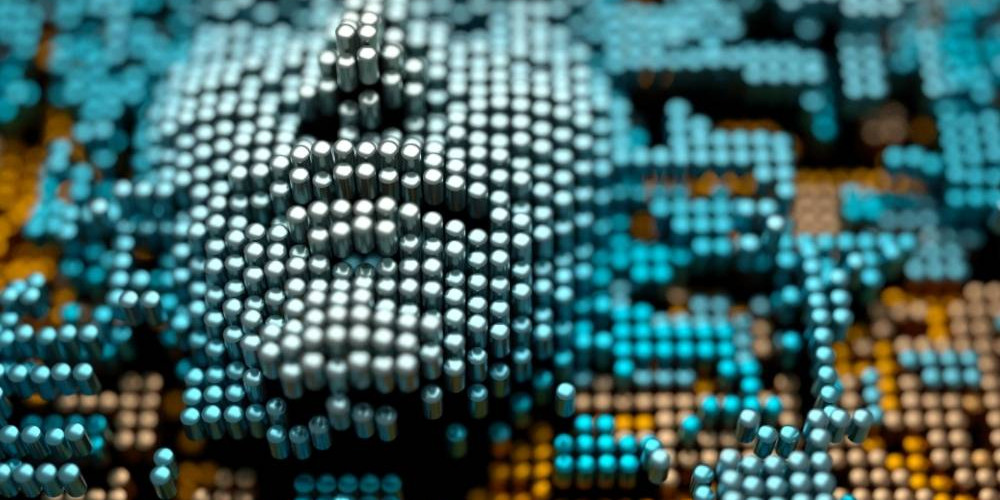In a world driven by relentless complexity, simplicity has become the most radical form of innovation. The pace of technology, design, and information has accelerated beyond what most humans can comfortably process. Paradoxically, as systems grow more advanced, our collective attention — the currency of modern life — continues to erode.
The next frontier of innovation isn’t adding more features, functions, or layers — it’s removing the unnecessary. The brands, creators, and technologies that master the art of focus will define the future.
The Attention Crisis
We live in a culture of constant distraction. Notifications, ads, and algorithmic feeds fight for every second of our time. The result? Overstimulation and mental fatigue.
Yet, attention is not infinite — it’s a finite human resource. Businesses that ignore this truth design for chaos. Those that respect it design for clarity, calm, and trust.
That’s where simplicity comes in. In design, business, and even lifestyle choices, simplicity isn’t about doing less — it’s about doing only what matters most.
Why Simplicity Wins
Simplicity isn’t a trend; it’s a competitive advantage. In product design, minimalism creates intuitive user experiences. In communication, clarity builds credibility. In branding, restraint strengthens recognition.
Every modern innovation that endures — from the iPhone to the Tesla interface — is rooted in a ruthless commitment to simplicity. The secret isn’t just aesthetic; it’s psychological. Humans crave cognitive ease. The simpler something is to understand and use, the more we trust it.
Simplicity is the silent architect of focus, loyalty, and long-term success.
The Power of Subtraction
Innovation used to mean addition — more options, more functions, more power. But in today’s saturated digital ecosystem, the new innovation is subtraction.
To simplify effectively, you must master the art of intentional reduction:
- Eliminate friction: Cut unnecessary steps or inputs that dilute user focus.
- Prioritize clarity: Use language and visuals that guide, not overwhelm.
- Design for flow: Build systems that feel natural and require minimal cognitive load.
- Embrace whitespace: In both visuals and ideas — space allows meaning to breathe.
True innovators know that every element added must earn its place. Everything else is noise.

Minimalism as Strategy, Not Style
Minimalism is often mistaken for an aesthetic choice — clean lines, muted colors, elegant typography. But its real power lies in strategy.
A minimalist mindset requires courage: the courage to say no, to strip away, to trust that simplicity communicates confidence. It means building systems that serve people, not metrics.
In business, this philosophy translates into clearer visions, faster decision-making, and brands that resonate deeply in a noisy world. In design, it leads to interfaces that feel human — responsive, breathable, and emotionally balanced.
The Future Belongs to the Focused
As artificial intelligence, automation, and immersive technologies evolve, the challenge isn’t access to information — it’s discernment. The innovators of the next decade will not be those who create more, but those who help people focus better.
Simplicity is not a limitation; it’s a discipline of purpose. It directs energy toward what truly matters, enabling clarity in design, communication, and thought.
The future of innovation lies not in the noise of novelty, but in the quiet power of focus.



